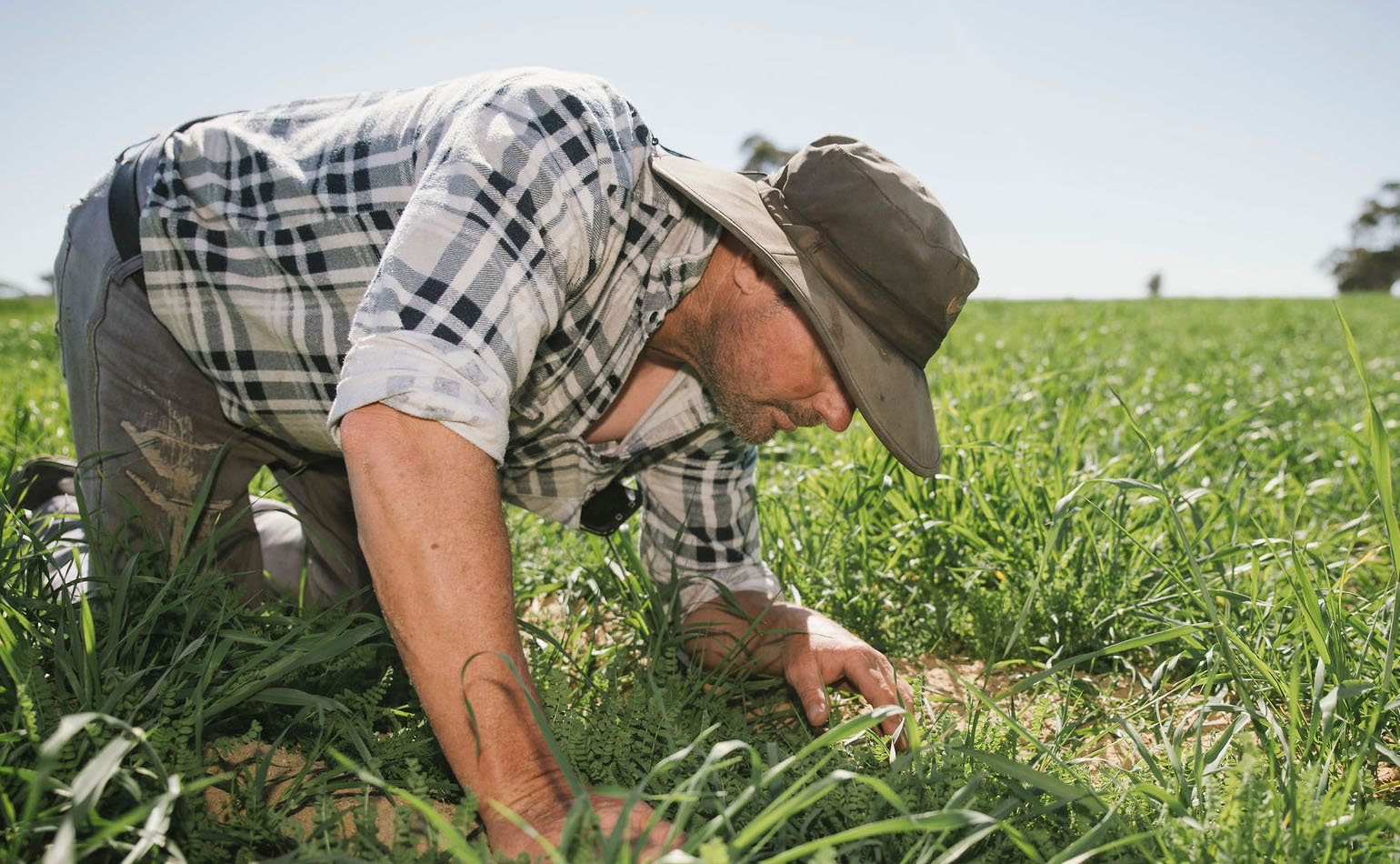As part of the Soil CRC’s research program, a team at the University of Tasmania is working with Soils for Life and other grower groups to develop a simple and easy to use device which will monitor the activity of soil microbial communities. This device, popularly referred to as an eNose (or electronic nose), can detect many different compounds at the same time. It will measure something similar to an “aroma fingerprint”.
In much the same way that a person can detect the many different compounds that make up the smell of “coffee” without identifying particular compounds, the eNose will be developed to recognise different biological communities based on the chemicals they are producing. In the future, it is hoped that growers will be able to use this information to help make decisions on how best to manage their soils to be healthier, more productive and more resilient.
Why is soil biology important?
Soil biological communities are a vital part of the soil ecosystem providing the ecosystem services that allow soil to continue to be productive. When we think about biological communities in the soil, we firstly think about larger organisms such as earthworms that are often easy to see when digging up dirt.
Worms, mites and fungi that we can see are also important, but there are many thousands of smaller organisms such as single-celled protozoa and algae in the soil. Smaller again are bacteria, viruses and fungi that live in the soil and on and in plant roots. Together with the physical aggregates that make up soil particles and the nutrients and water, they form a complex soil system.
The physical, chemical and biological components of the soil system are very closely linked. The physical structure and chemical nutrients (including water) influence what lives in soil, and the soil organisms change the structure and the organic and chemical components of the soil. These interactions are important for plant growth because plant roots interact with the physical, chemical and biological components of the soil. People are also important in this system. What we do to soil affects the biological communities which, in turn, affects the soil structure and nutrient availability and therefore plant growth.
This microscopic world is fascinating. Unfortunately, it is very difficult to study not only because it is so small but also because there are so many thousands of different organisms. It is now possible to sequence DNA from soil to see what lives in that particular soil by looking for “signature” or “marker” DNA sequences. Over the last twenty or so years, we have discovered that the soil contains a vast and very diverse array of microorganisms, but we still don’t know what many of them do!
Rather than simply looking to see which microorganisms are in the soil, another way of studying them is to measure what they are doing. People may have heard of the “bury your undies” test for microbial activity, which requires leaving a sample of cotton buried in the soil for several weeks. Another example is measuring how much carbon dioxide is produced to estimate the total soil respiration or how much the soil is breathing.
There are many other gases and volatile compounds produced in the soil that people often instinctively take notice of. The fresh earthy smell that you find when digging into soil is geosmin, a compound produced by a specific group of bacteria. The sharp rotten egg smell that can sometimes be detected in water-logged soils is due to sulfides. Sulfides are produced by another group of bacteria that only grow where there is no oxygen.
All the living organisms in the soil are constantly releasing complex compounds into the soil, as part of their normal metabolism, to send signals to other organisms, to help them find nutrients and to attack or defend themselves. Perhaps if we were to measure these compounds, we would get an overall picture of biological activity and how this relates to the overall status of the soil. This would provide us with a faster way of assessing what the soil organisms are doing.
The team from the University of Tasmania and the Soil CRC will be joining Bill and Rhonda Daly, leading regenerative farmers, to talk about more support for building healthier, more resilient and productive soils at a workshop on 12 February near Young, NSW. There will be a paddock tour and a workshop to gather input into the design of the eNose.

